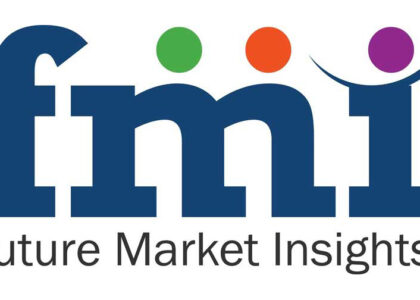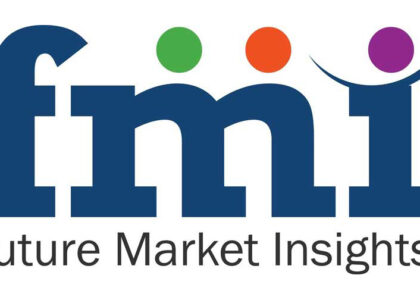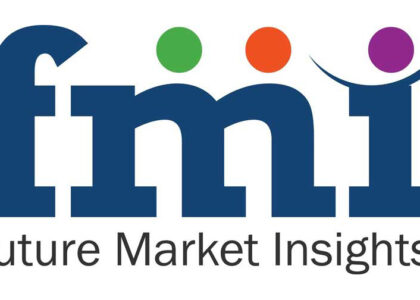Honey wine market, commonly known as Mead, is an ubiquitous traditional alcoholic beverage made by fermenting honey with water, or in some cases with grains, spices, fruits, or hops. The majority of fermentable sugar of the beverage is derived from honey; this characteristic makes the honey wine stand apart from the rest of the alcoholic beverages.
The alcoholic content of honey wine ranges from 3.6% ABV to more than 19% depending upon the fermentation. The market of honey wine is anticipated to increase over the forecast year owing to factors such as rising urban population, growing inclination of adolescents and millennial towards alcoholic beverages, growing cultures of bars and lounges, and other factors which tend to drive the growth of the honey wine market.
Request A Sample @ https://www.futuremarketinsights.com/reports/sample/REP-GB-7826
Honey-based brew producing a real buzz in the alcoholic beverages market
Honey wine is a popular alcoholic beverage with ancient, and mythological background and numerous stories build around. The modern-day honey wine is an attempt to re-introduce the traditional drink in the market with an aim to attract a much larger customer base all across the globe.
The primary driver for the growing demand for honey wine is ever growing urban demographics. The global urban population has reached 4.03 billion in 2016 accounting for almost 54.3% of the world’s population; the increasing urban population is coupled with factors such as increasing per capita disposable income, modernization, and growing preference for alcoholic drinks which is expected to fuel the growth of alcoholic beverages market including honey wine, across the globe.
The changing lifestyles, the influence of social media and other networking sites, and increasing social gatherings and club culture are factors influencing the consumer’s inclination toward alcoholic beverage honey wine. The increasing consumers’ interest in this oldest alcoholic libation has resulted in more than 400 honey wine/mead producers in the U.S in the year 2017, up from 30 in 2003, according to the American Mead Makers Association.
Global Honey Wine market: Market Participants
The key market participants identified across the value chain of the global Honey Wine market are: The Meadery, Beecraft Mead, The Honey Wine Company, Wild Blossom Meadery & Winery, Wandering Bard Meadery, Rosewood Estates Winery & Meadery, Etowah Meadery, Martin Brothers Winery
Customization Before Buying, Visit @ https://www.futuremarketinsights.com/customization-available/REP-GB-7826
Opportunities for Honey Wine market
The honey wine market is the anticipated witness a profitable growth over the forecast period in developed as well as developing nations. Western Europe is anticipated to be the most significant contributor for the growth of honey wine market, owing to the popularity of honey wine/mead as a famous mythological and ancient beverage, along with the increasing production of honey in the region.
In North America and other developed regions, the market of honey wine is anticipated to increase owing to a growing consumer base for alcoholic beverages, and modern lifestyles. The developing areas, like the Asia Pacific and the Middle East are considered as the growth drivers for the honey wine market owing to increasing urban demographics and per capita expenditure of the consumers. The growing culture of social gathering and clubbing has further boosted the demand for honey wine.
The manufacturers of honey wine are focusing on reaching the consumer base in untapped markets to generate sales and increase revenue. The companies are focusing on expanding and manufacturing their premium products in the regions itself, leading to comparatively lower cost of product. Besides, the honey wine manufacturers are offering honey wine blends with different flavors such as vanilla, apple, cinnamon, and others. Millennial are known for their curiosity to try new innovative flavors, owing to which an opportunity lies for the manufacturers to introduce new flavored drinks in the market.
Brief Approach to Research Honey Wine Market
A modelling-based approach and triangulation methodology will be followed to estimate data covered in this report. A detailed market understanding and assessment of the applications, types, forms and end uses of the product segments covered in the study is followed by carrying out a demand-side approach to estimate the sales of target product segments, which is then cross-referenced with a supply-side assessment of value generated over a pre-defined period. The statistics and data is collected at a regional level, consolidated and synthesized at a global level to estimate the overall market sizes
Key Data Points Covered in the Report
Some of the key data points covered in our report on include:
- An overview of the honey wine market, including background and evolution
- Macroeconomic factors affecting the honey wine market and its potential
- Market dynamics, such as drivers, challenges and trends
- Detailed value chain analysis of the honey wine market
- Cost structure of the products and segments covered in the study
- In-depth pricing analysis, by key product segments, regions and by major participants in honey wine market
- Analysis of supply and demand, such as top producing and consuming geographies, imports/exports and overall trade scenario
- Analysis of the market structure, including a tier-wise categorization of key market participants
- Competitive landscape of the honey wine market, including detailed profiles of the top players in this market
The research report presents a comprehensive assessment of the market and contains thoughtful insights, facts, historical data, and statistically supported and industry-validated market data. It also contains projections using a suitable set of assumptions and methodologies. The research report provides analysis and information according to market segments such as geographies, application, and industry.
Ask Us Your Questions About This Report @ https://www.futuremarketinsights.com/ask-question/REP-GB-7826
Honey Wine market: Market Segmentation
On the basis of nature, the Global Honey Wine market has been segmented as:
- Organic
- Conventional
On the basis of product type, the Global Honey Wine market has been segmented as:
- Carbonated (Sparkling)
- Dry
- Semi-dry
- Sweet
- Semi-sweet
On the basis of variety, the Global Honey Wine market has been segmented as:
- Traditional
- Cyser (Mead with apples)
- Melomel (Mead with other fruits)
- Pyment (Mead with gapes)
- Metheglin (Mead with spices or herbs)
- Others
On the basis of sales channel, the Global Honey Wine market has been segmented as:
- Modern Trade
- Specialty Stores
- Convenience Stores
- Commercial
- Hotels/Restaurants/Bars
- Online Retailers
About FMI
Future Market Insights (ESOMAR certified market research organization and a member of Greater New York Chamber of Commerce) provides in-depth insights into governing factors elevating the demand in the market. It discloses opportunities that will favor the market growth in various segments on the basis of Source, Application, Sales Channel and End Use over the next 10-years.
Contact:
Future Market Insights Inc.
Christiana Corporate, 200 Continental Drive,
Suite 401, Newark, Delaware – 19713, USA
T: +1-845-579-5705
For Sales Enquiries: sales@futuremarketinsights.com
Browse Other Reports: https://www.futuremarketinsights.com/reports
LinkedIn| Twitter| Blogs




